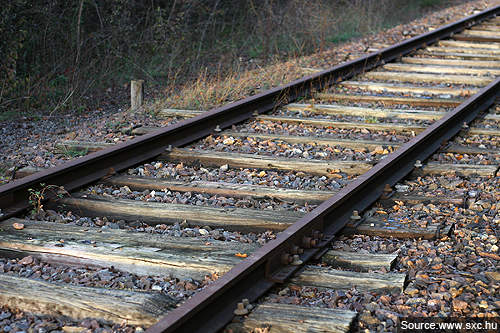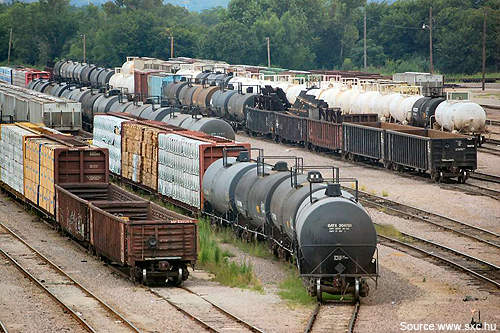Tbilisi is the capital city of the Republic of Georgia. The country is currently undergoing post-war reconstruction and the Tbilisi Railway Bypass Project is one of the several infrastructure projects being undertaken.
The project is owned by the Georgian Railway. It involves restructuring of a 10km-long railway line on the east-west corridor located in the centre of Tbilisi city. The route is mainly used to transport crude and refined oil from Azerbaijan, Kazakhstan and Turkmenistan to ports on the Black Sea.
As of 2008, about 10m tons of crude and oil products were transported through the city. There are many rail terminals, sidings and yards, which are obsolete and thus hampering urban development. The aim of this project is to relocate the existing route from the centre of the city in order to encourage infrastructure development in and around the city. These plans are also interlinked with the city’s civic plans.
The relocation of the oil transit corridor present between Central Station and Didube Station will provide around 73.2ha of land for development. In addition, the 6km-long cleared oil corridor between the Central Station and the Navtlughi Station will be used as a light rail passenger system between Mtsketa in the north-west and Gardabani in the south-east. It will be passing through Tbilisi Central, Airport and Rustavi.
A consortium of Georgian bridge building company Hidmsheni and the Chinese Rail construction company China Railway-23 Bureau Group will be building the project. The restructuring is scheduled for completion in 2013.
Finance
The project is estimated to cost €360m ($499.1m). Georgian Railway issued five-year Euro bonds worth $250m to finance the project.
The issue was managed by the Bank of America, Merrill Lynch and JP Morgan.
The project has also received financial assistance of up to €100m from the European Bank for Reconstruction and Development (EBRD) and the European Investment Bank (EIB) after approval in April 2010.
Project
The technical planning was done by the Ukrainian engineering company Kievgiprotrans (KGT).
The project requires dismantling of the present railway track between Didube in the north and Navtlughi in the south. This includes the shunting areas, rail yards, rail sidings, depots and other infrastructure on the route.
The project also requires abandoning of Tbilisi Central station and rehabilitation of Didube and Navtlughi stations.
The Didube and Navtlughi stations will be serving passengers travelling in the west and east directions respectively.
Construction
The existing track is situated at the end of the Zahesi Bridge. It will now be constructed along Gldani Lake in the east.
A 2.5km-long tunnel will bypass the Zahesi and Gldani villages.
The route will head to the south-east and go around the residential areas of Giorgitsminda and Mukhiani.
It will enter a 1.2km-long tunnel and will turn east to go along the Tbilisi Sea. A minimum distance of 900m will be maintained from the sea.
The route will pass through the Patara Lilo village from the south and turn in the east crossing through the visitor’s zone of Tbilisi National Park.
At this juncture the track will be running parallel to the Kakheti highway at a distance of 500m-600m from north. A new freight station will be constructed at this point.
The route will be linked to the existing Kakheti railway track 1km away from the proposed freight station. The route will pass through the city’s gas, water and sewage pipelines as well as power transmission lines.
The existing tracks and abandoned structures will be dismantled after launching the new rail bypass operations. This process is expected to take six months.
Environmental and social impact
The project’s environmental and social impact assessment (ESIA) was carried out by the consortium of GDC Solution, Caucasian Environmental NGO Network (CENN) and Association for Protection of Landowners Rights (APLR) in 2009.
According to the ESIA, the project will have an impact on the biodiversity areas of Tbilisi National Park where the route will pass at a distance of 45m. An appropriate action plan is required as it will need the acceptance of the Ministry of Environment, a covenant set by EBRD.
Emergency response measures during the construction and operation of the track will have to be considered as the track will pass through the Tbilisi River which is a source of drinking water for local residents.
A resettlement action plan will also have to be decided for the 22 families that will be dislocated from the construction area. In addition, 24 commercial companies located in the area are currently using the sidings connected to the line that is to be dismantled. This also requires an alternative solution.






